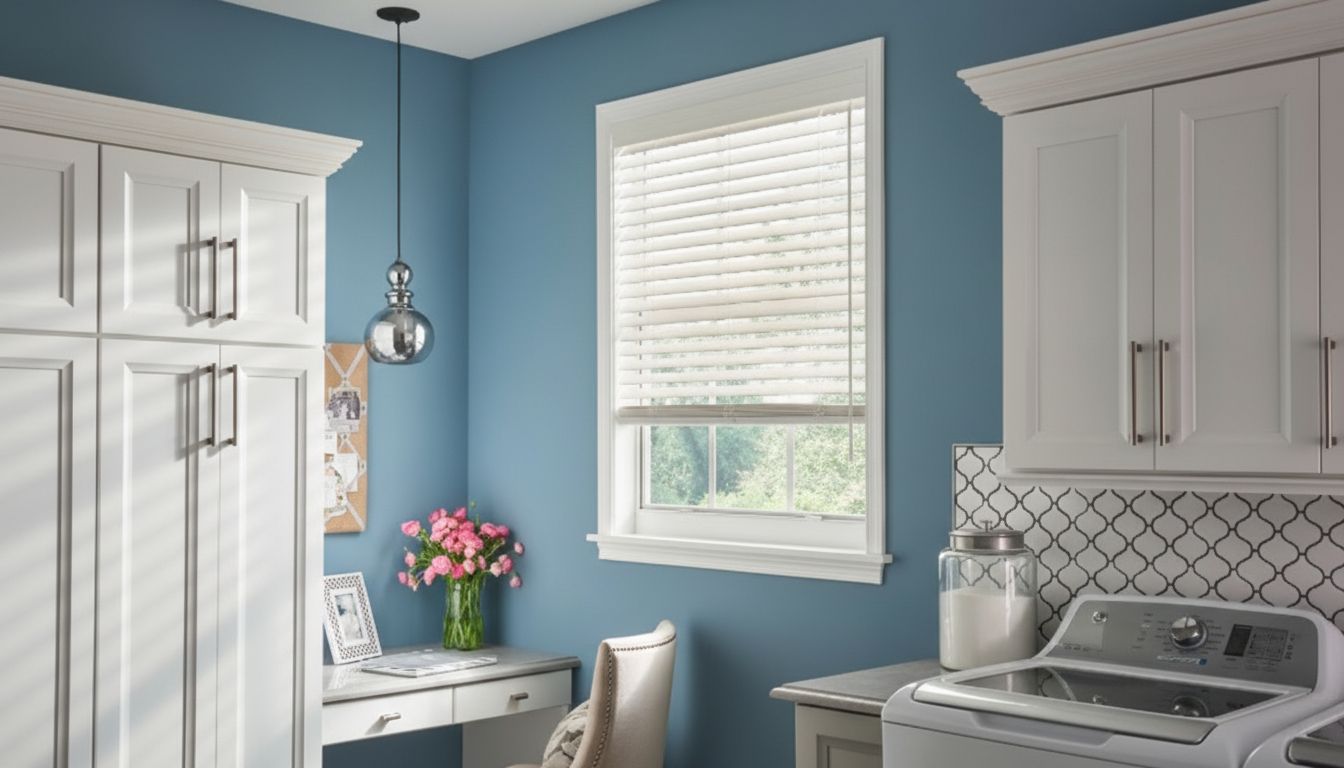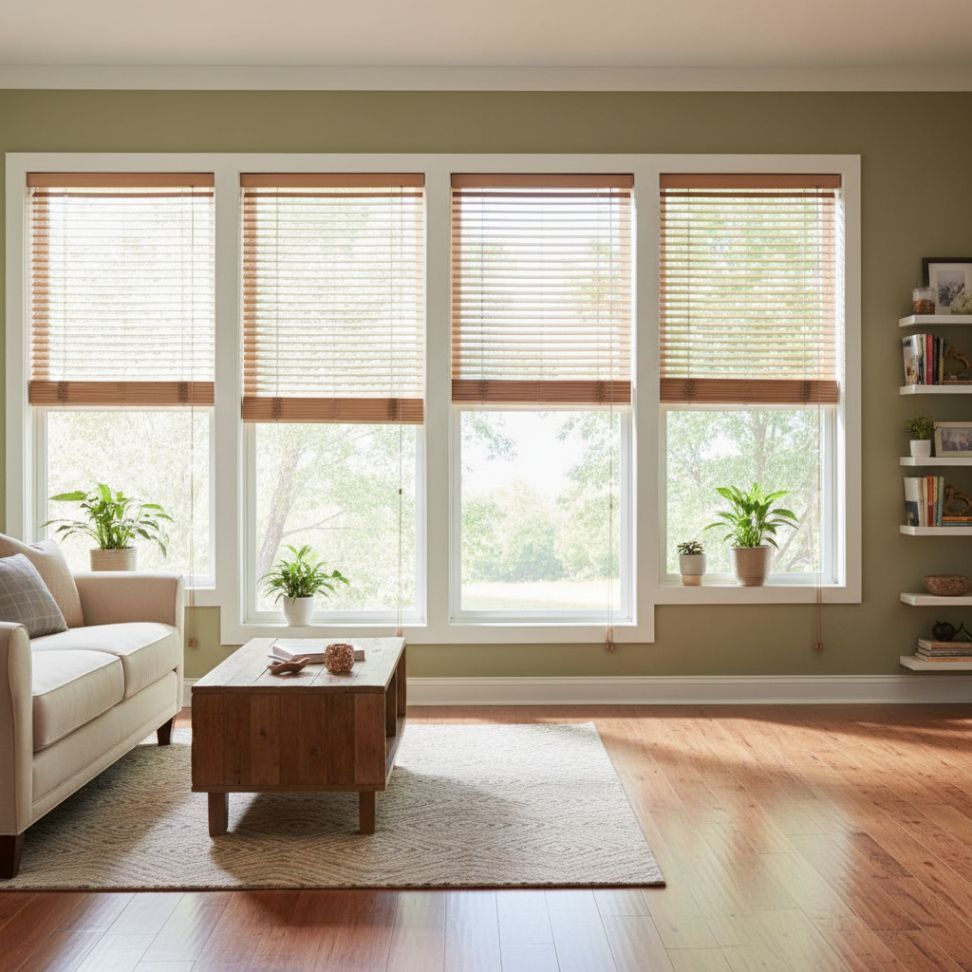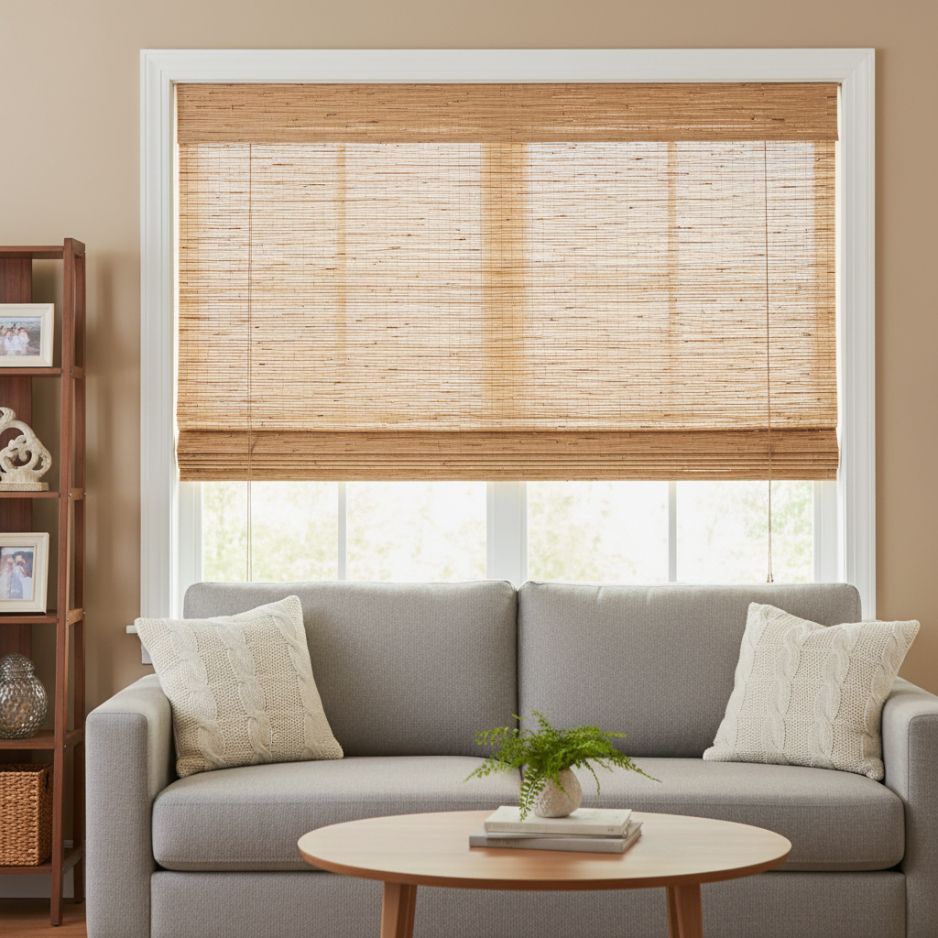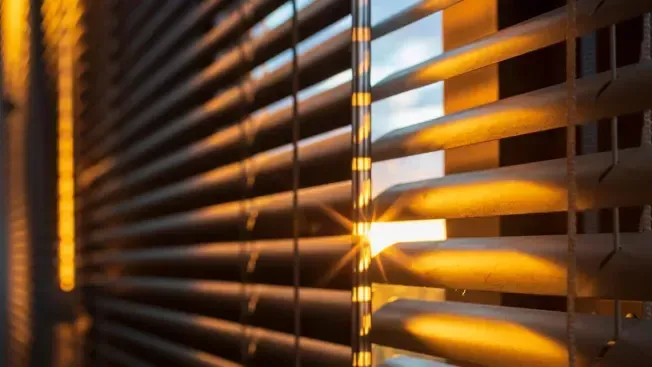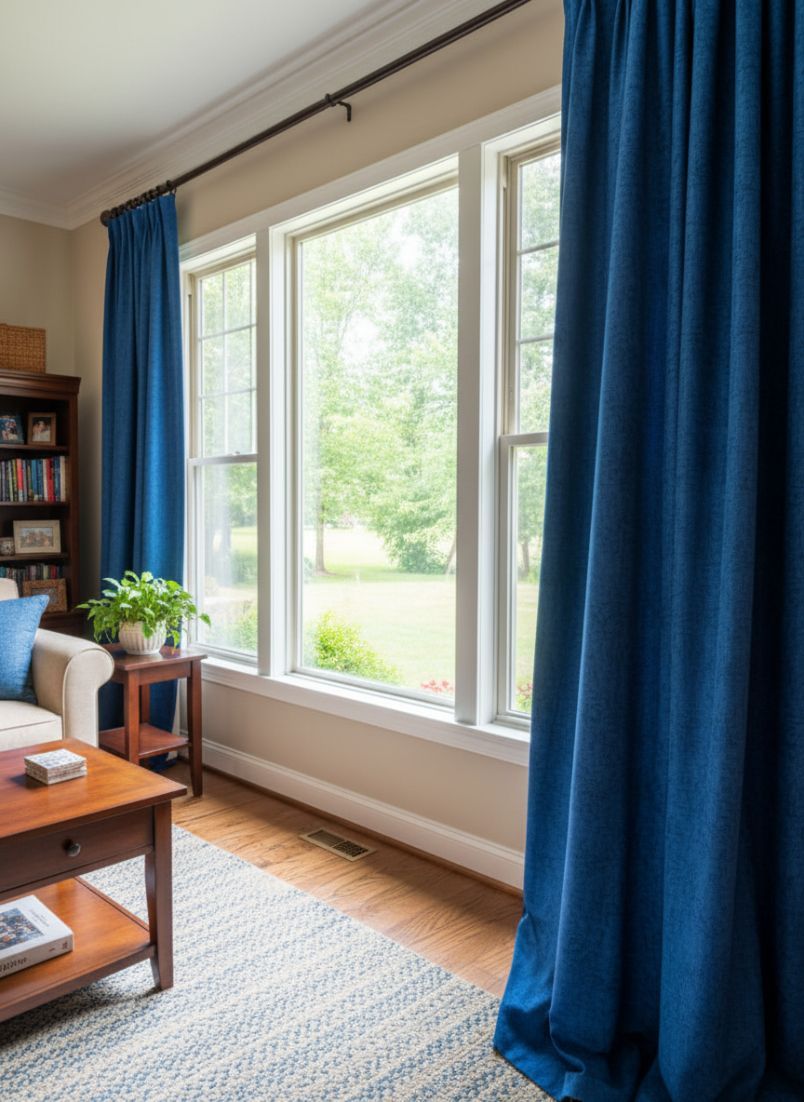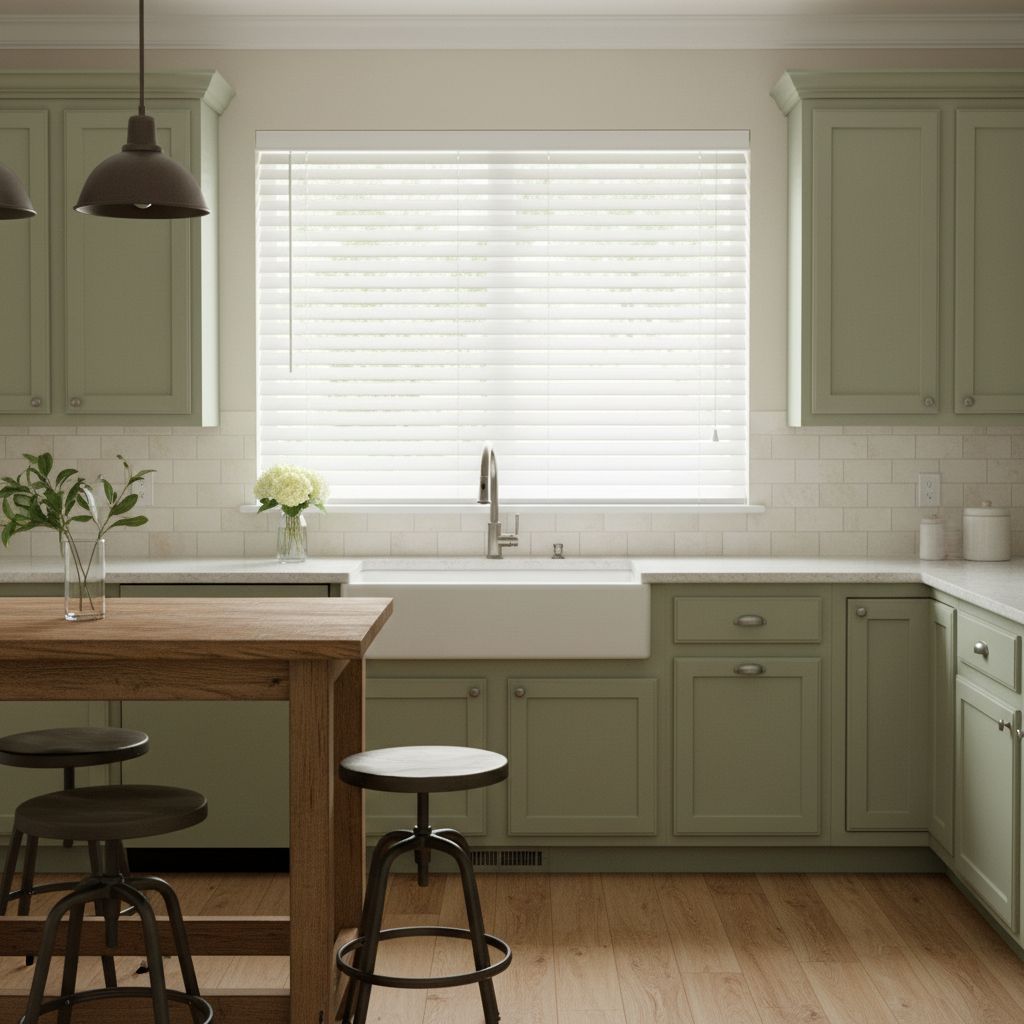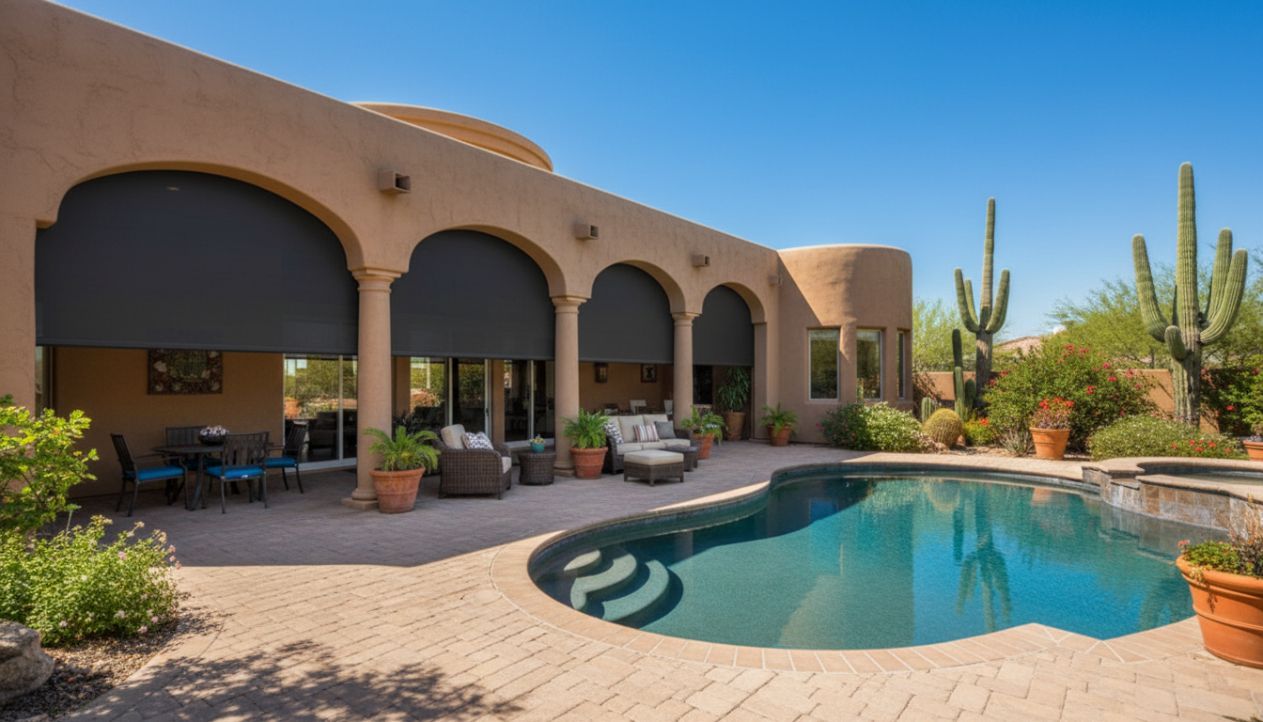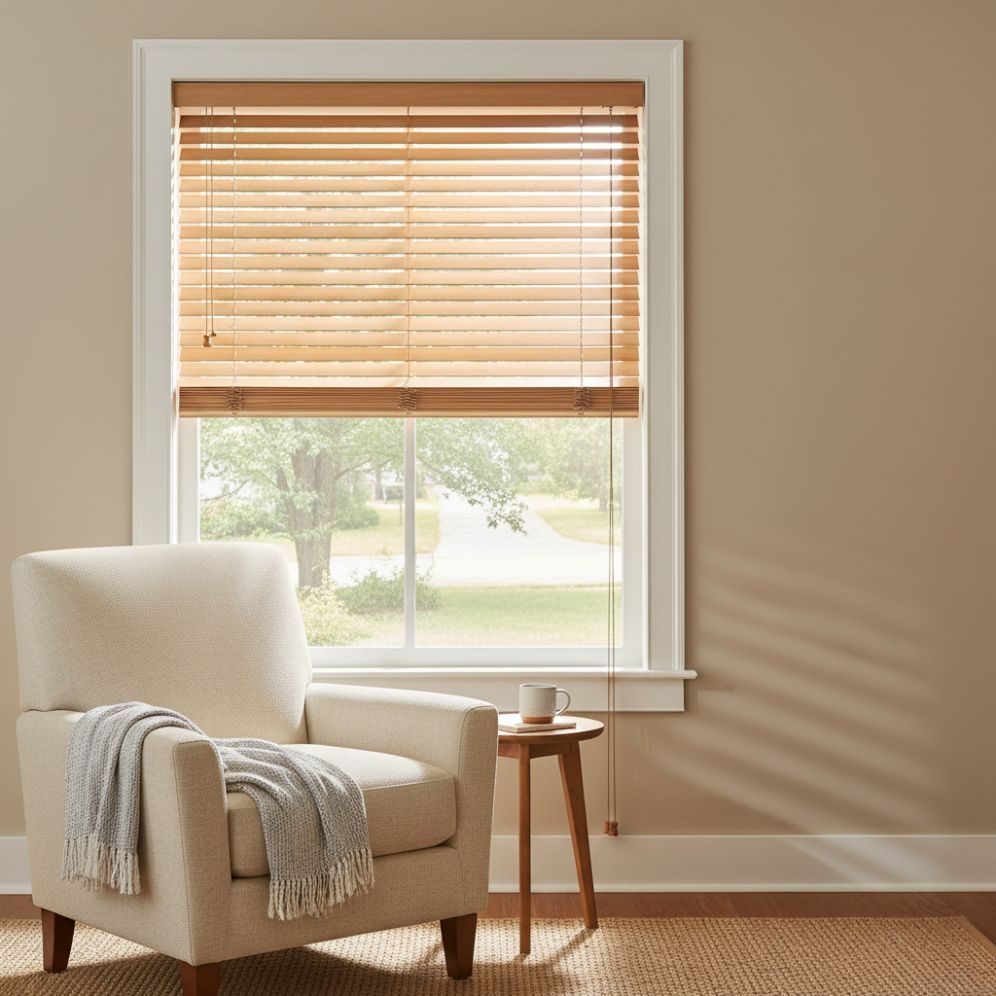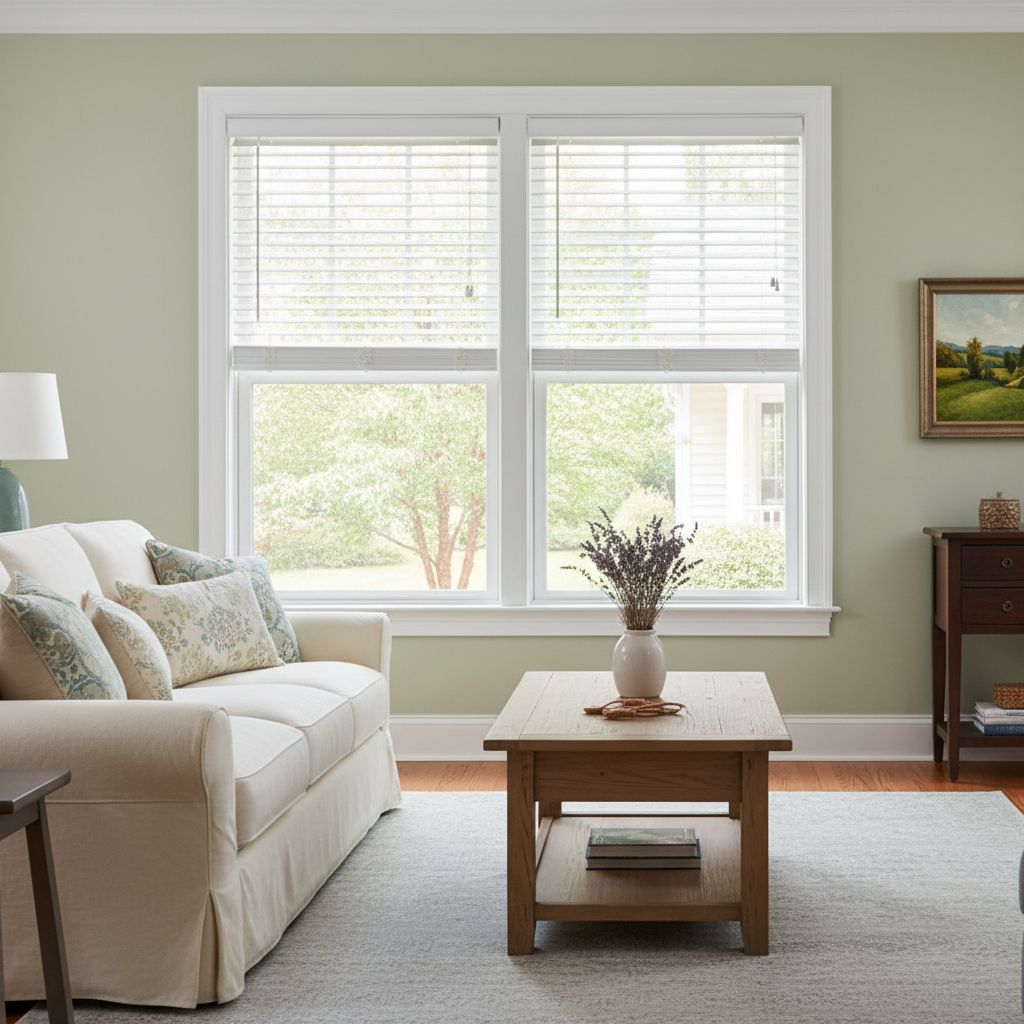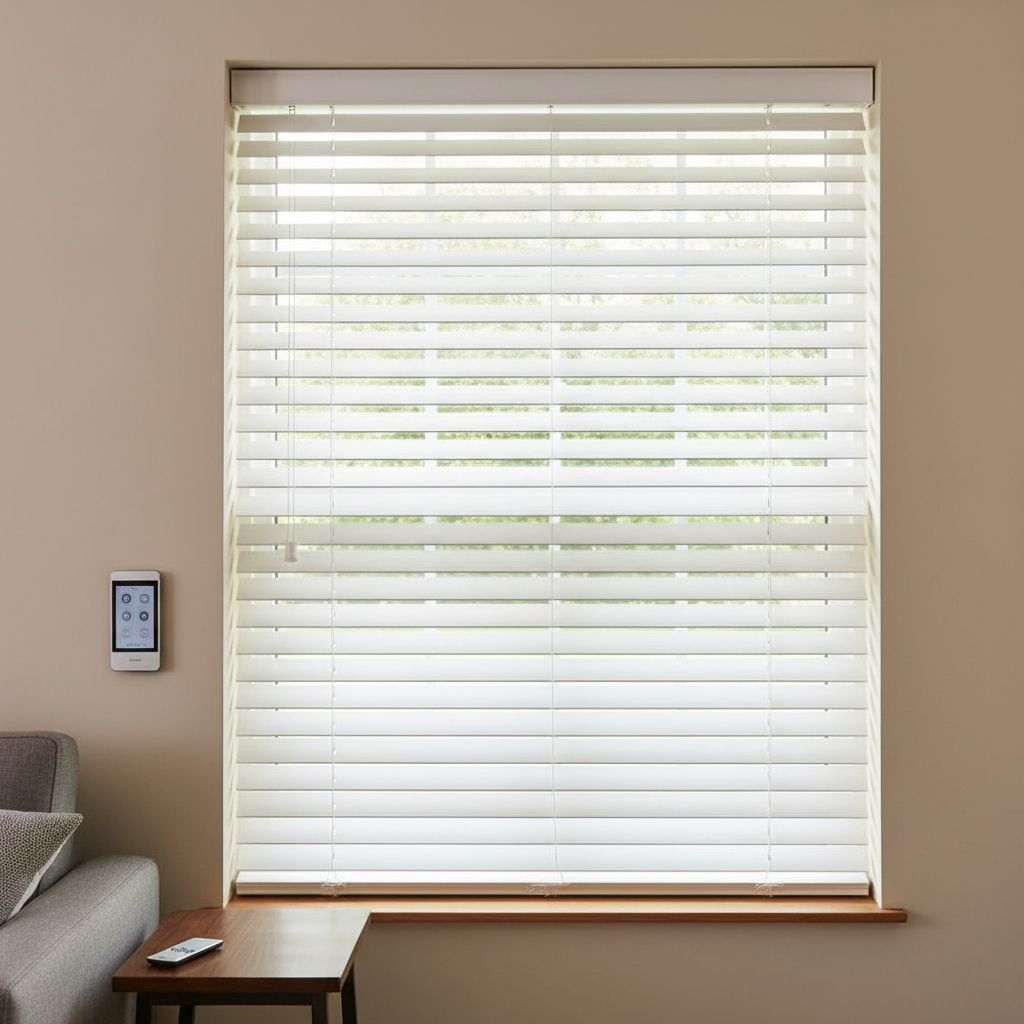Are Dual Shades Worth It? and When to Use Day/Night Blinds
TLDR;
Yes, dual shades—also known as day/night blinds or zebra blinds—are absolutely worth it if you’re seeking stylish, flexible control over light and privacy. Use them in bedrooms, living rooms, or offices where both daylight filtering and nighttime blackout are beneficial.
What Are Dual Shades or Day/Night Blinds?
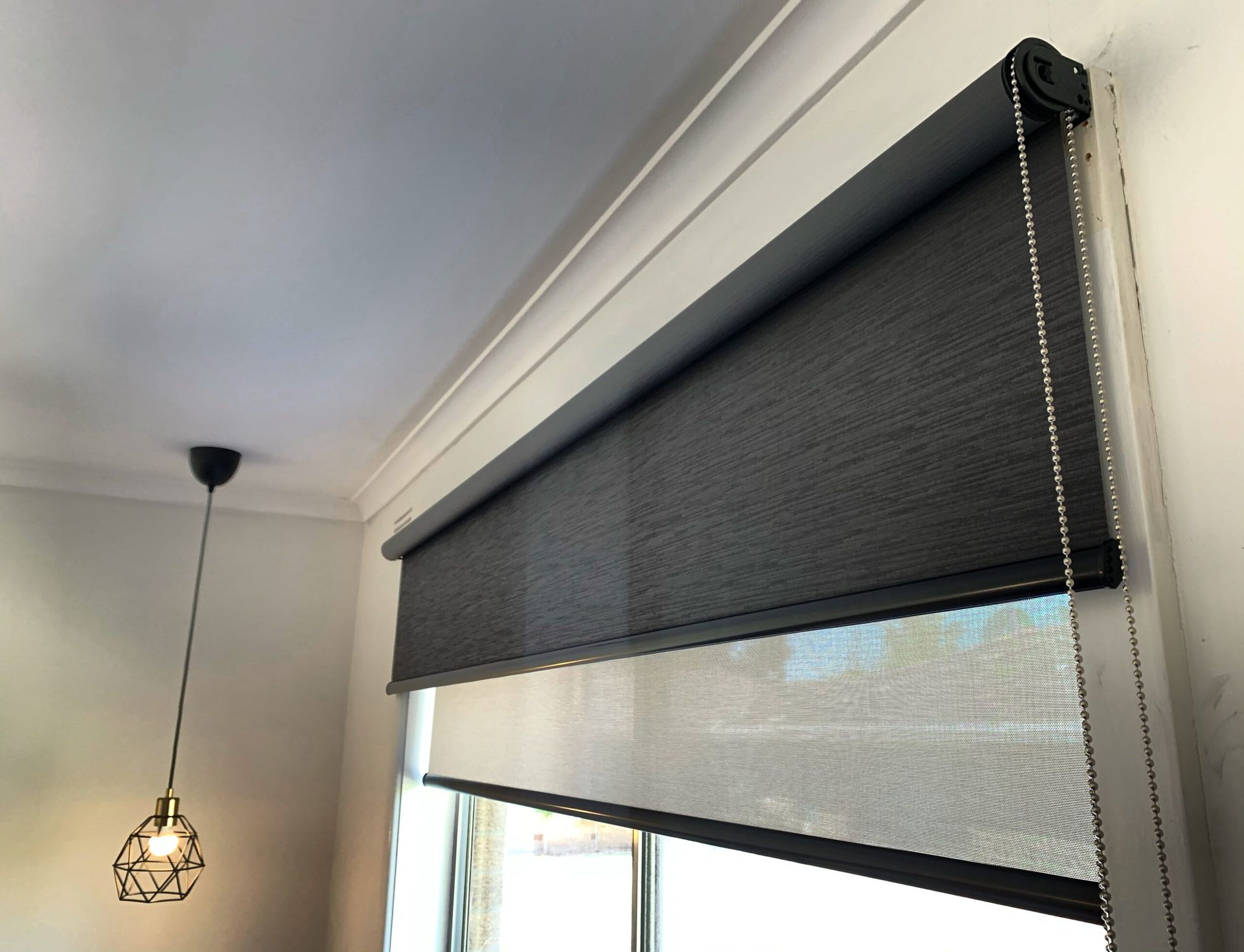
Dual shades, often referred to as day/night blinds or zebra blinds, are innovative layered window treatments that combine two types of fabric in a single unit—typically a light-filtering sheer and an opaque blackout material. These layers alternate and overlap to allow precise control over light and privacy.
Here's how they work:
- Light-filtering layer: Lets in natural light while diffusing glare.
- Blackout layer: Blocks out light entirely for full privacy.
- Layer adjustment: You slide the fabric so that either the sheer, the opaque, or both alternate, giving you seamless control.
Also known as layered roller blinds, these shades give you the functionality of two blinds in one sleek system.
Key Benefits That Make Dual Shades Worth It
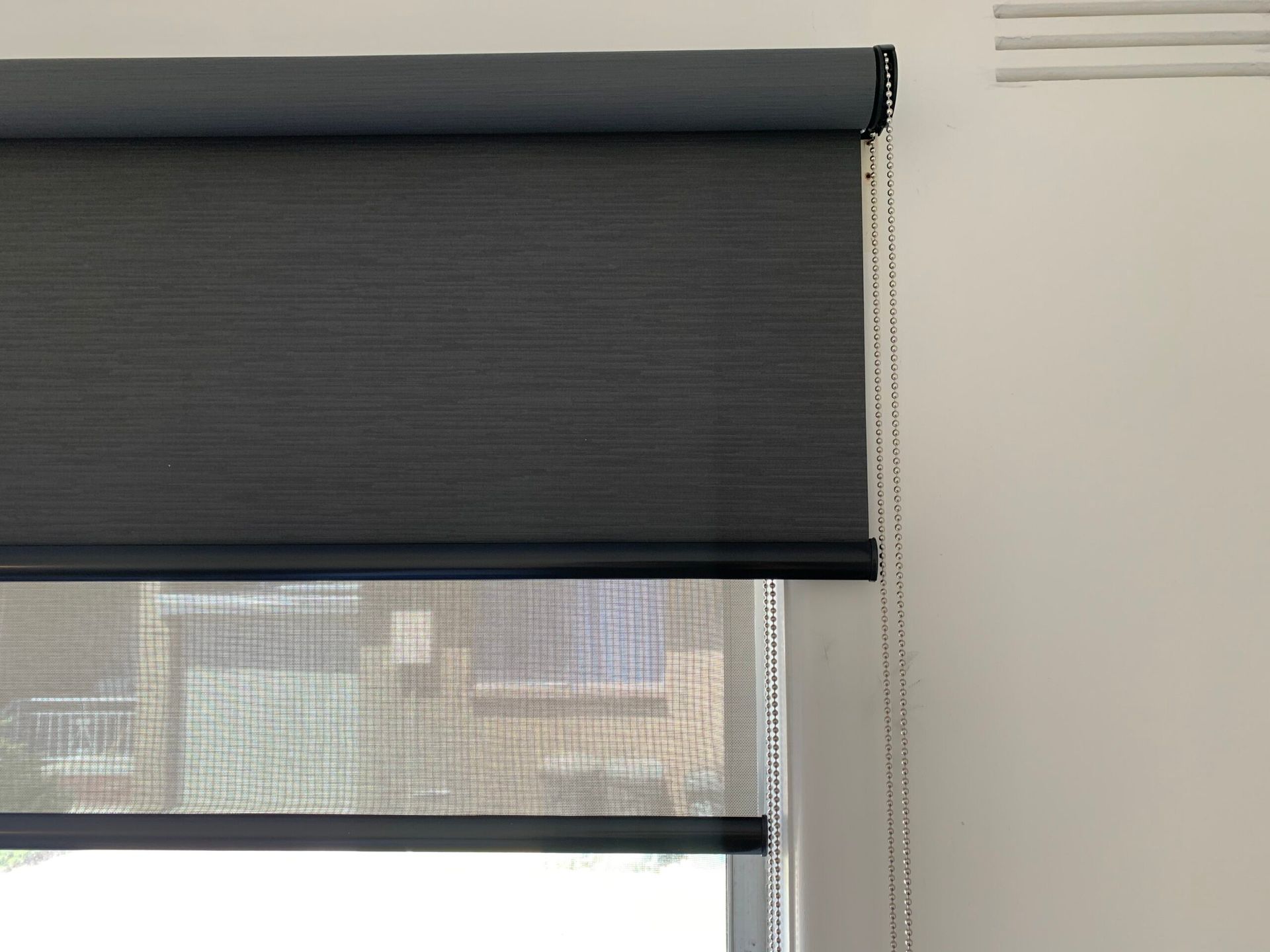
Total Light Control: Morning to Night
Dual shades shine in their ability to transition with the sun.
- Bright morning? Use the sheer layer for filtered natural light.
- Intense afternoon glare? Shift to the opaque layer for shade.
- Watching a movie? Align both layers for near blackout.
You get complete flexibility to adapt to changing light throughout the day.
Layered Privacy on Demand
Dual shades offer privacy without sacrificing light.
- In daylight, the sheer panel allows you to see out without letting others see in.
- At night, switch to the blackout layer for complete seclusion.
Perfect for urban settings or windows facing neighbors.
Energy Efficiency & UV Protection
By reducing solar heat gain and insulating windows, dual shades help maintain indoor temperature.
- Reflect sunlight during summer to keep rooms cool.
- Add a barrier in winter to keep warmth inside.
- Block UV rays that cause furniture and floors to fade.
This energy-saving function can help reduce utility bills long-term.
Modern Minimalist Aesthetic
Design-wise, dual shades offer a clean, streamlined look ideal for modern homes.
- Sleek and elegant, they blend seamlessly with any décor.
- Available in a range of neutral or bold colors.
- Look beautiful whether rolled up or down.
They serve as both a decorative and functional piece.
Multi-Functionality in One Unit
Why choose between privacy, light filtering, or blackout? Dual shades do it all.
- Combine the benefits of
blinds and curtains.
- No need for double rods or layered treatments.
- Great space-saving solution for small homes or apartments.
When to Use Day/Night Blinds: Room-by-Room Guide
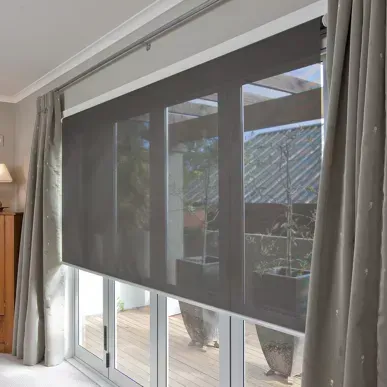
Living Room: Daylight Without the Glare
- Filter harsh sunlight during the day.
- Reduce screen glare while watching TV.
- Maintain visibility without closing yourself off.
Bedroom: Nighttime Privacy With Soft Light in the Morning
- Switch to blackout at night for restful sleep.
- Open to sheer in the morning for soft, natural light.
- Perfect balance of comfort and functionality.
Home Office: Glare-Free Work Environment
- Position shades to reduce glare on screens.
- Let in natural light to avoid that boxed-in feeling.
- Maintain privacy during virtual meetings.
Kitchen: Bright and Airy Without the Heat
- Filter harsh sun without blocking light completely.
- Prevent furniture or cabinets from sun fading.
- Easy to clean materials available for kitchen conditions.
Nursery or Kids Room: Safety Meets Comfort
- Daylight control for naps or bedtime.
- Safety features like cordless or motorized options.
- Soft fabrics available for a cozy feel.
Pros and Cons of Dual Shades
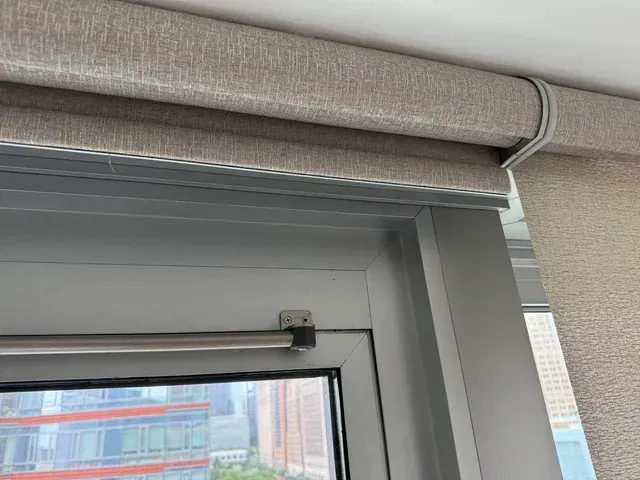
Pros:
- Stylish and modern aesthetic
- Adaptable to any time of day
- Combines light filtering and blackout in one
- Energy-efficient and UV-blocking
- Easy to operate, especially motorized versions
Cons:
- Doesn’t always provide complete blackout
— for maximum light blockage, consider
Blackout Shades with Side Tracks
- Slightly more expensive than basic blinds
- Fewer fabric textures than traditional curtains
Dual Shades vs Other Window Treatments: A Side-by-Side Comparison
| Feature | Dual Shades | Blackout Curtains | Venetian Blinds |
|---|---|---|---|
| Light Control | Adjustable | Limited | Adjustable |
| Aesthetic | Modern | Bulky | Traditional |
| Privacy | Layered | Excellent | Moderate |
| Energy Efficiency | High | High | Low |
| Space Saving | Yes | No | Yes |
| Installation | Easy | Moderate | Easy |
Maintenance & Installation Tips
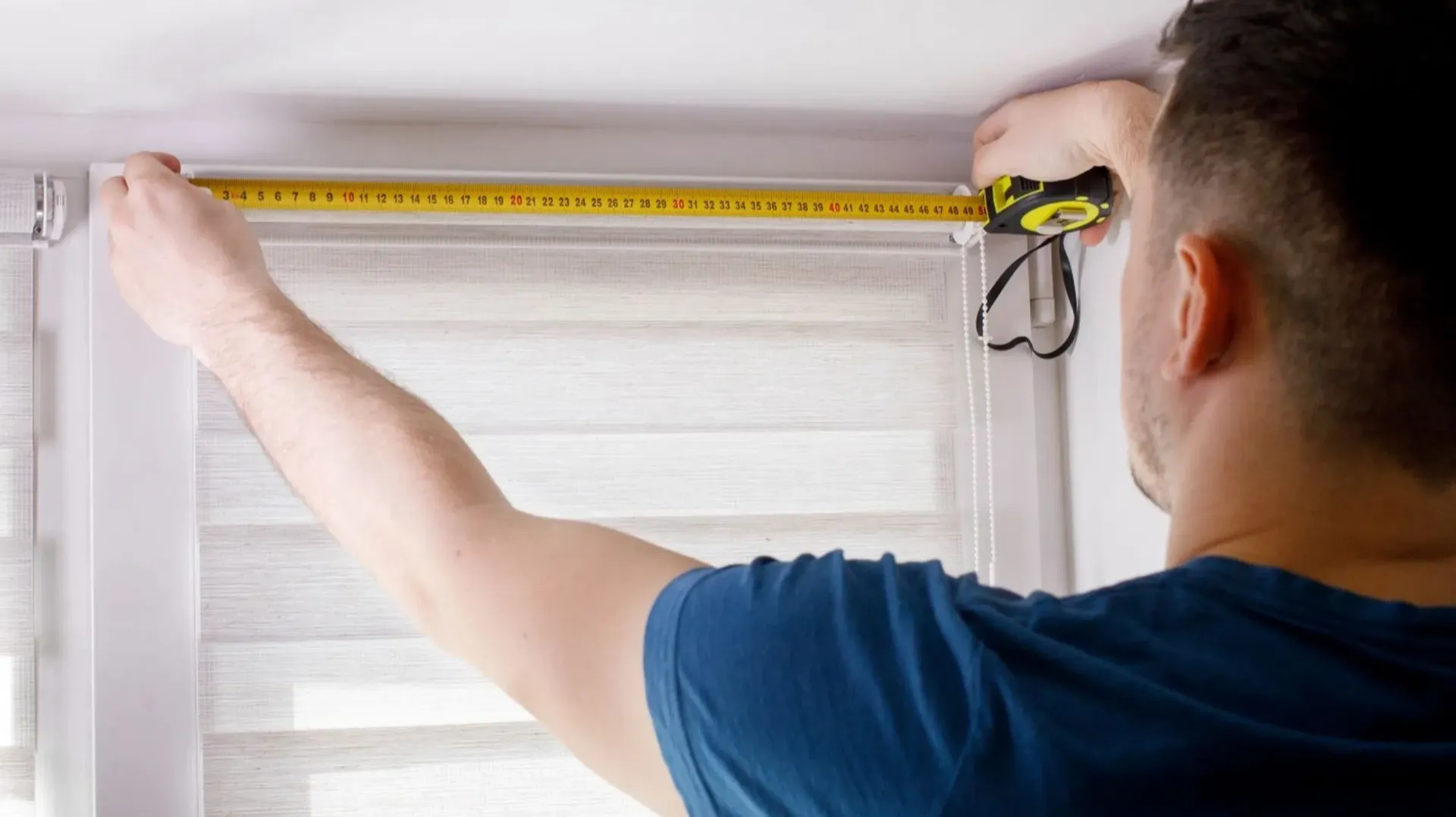
How to Clean Dual Shades
- Use a soft microfiber cloth or a handheld vacuum with a brush attachment.
- For deeper cleaning, gently wipe with a damp cloth and mild soap.
- Avoid harsh chemicals to preserve the fabric.
DIY vs Professional Installation
- DIY: Suitable for experienced DIYers with proper measurements.
- Professional: Recommended for large windows, custom sizes, or motorized units.
Lifespan and Replacement
- High-quality dual shades can last 7–10 years.
- Motorized options may require occasional servicing.
Cost and Value: Are They Worth the Investment?
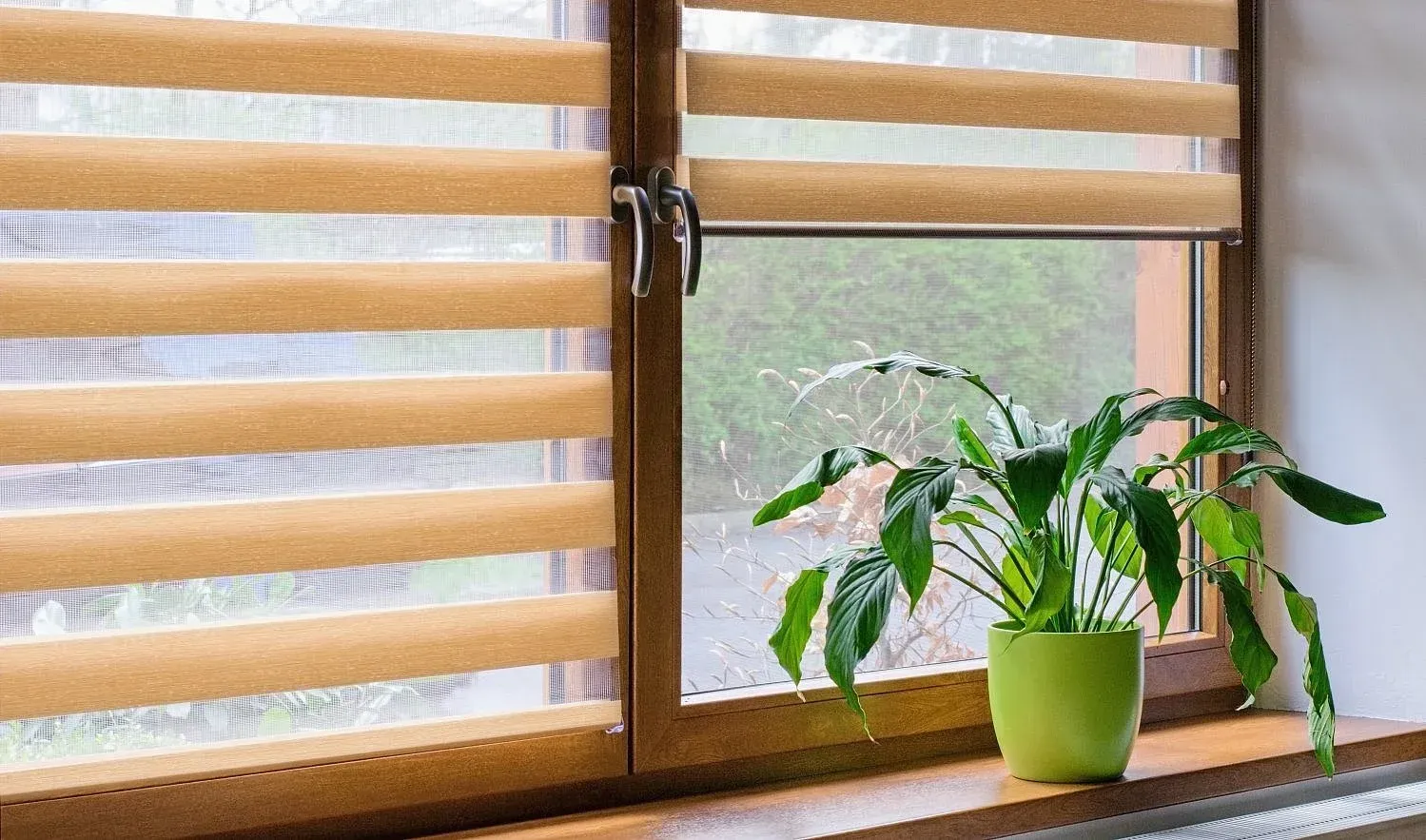
Average Price Range
- Basic manual dual shades: $100–$250 per window
- Motorized or custom models: $300–$600+
Cost Comparison
- More expensive than mini blinds or
roller shades
- Cheaper than layered treatments with both curtains and blackout shades
Long-Term Value
- Reduce energy bills with improved insulation
- Eliminate the need for multiple window treatments
- Modern look increases property appeal
FAQs About Dual Shades and Day/Night Blinds

